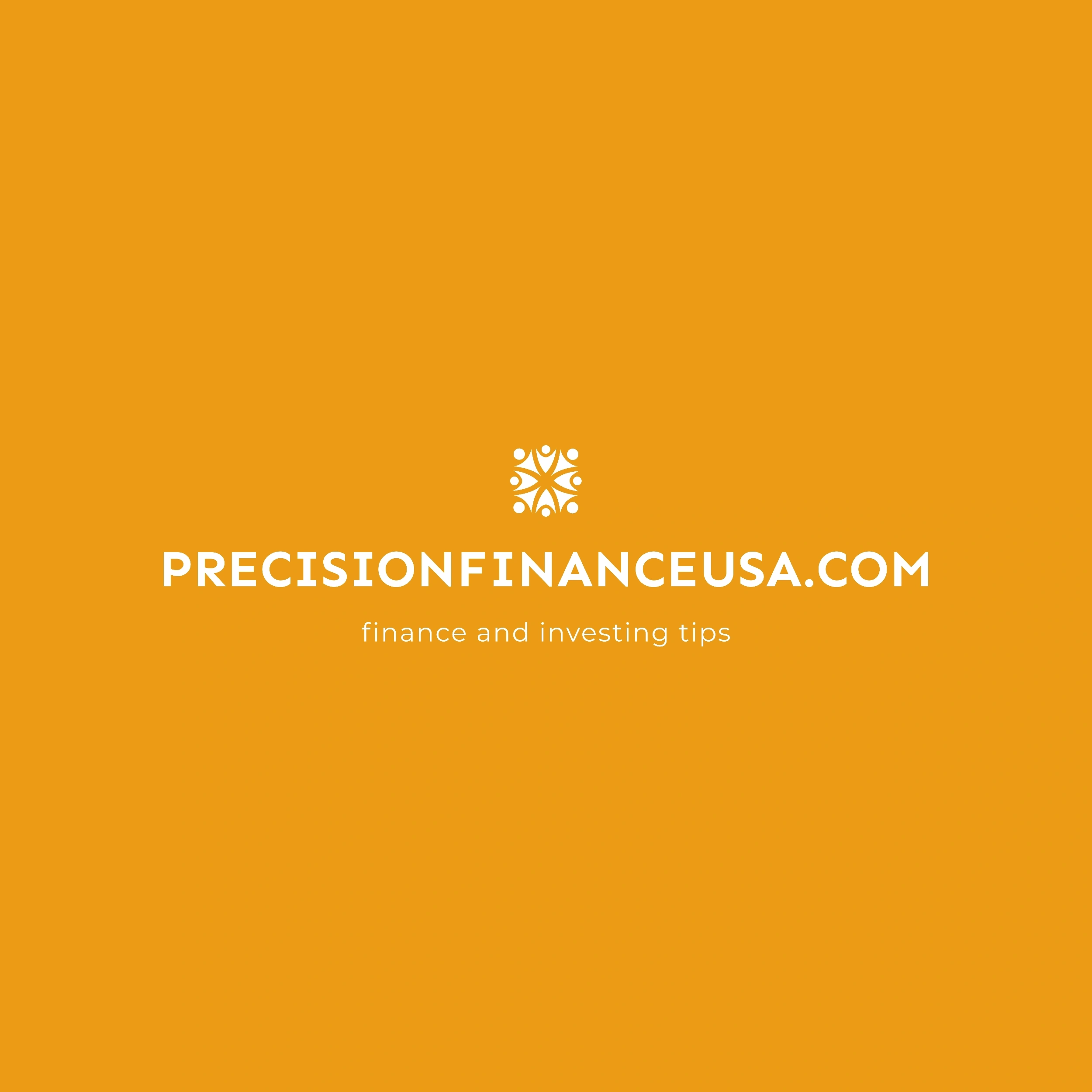
High-Yield Savings Accounts: Are They Worth It? A Comprehensive Guide
When it comes to saving money, many people simply park their cash in a standard savings account at a traditional bank. However, these accounts often pay interest rates as low as 0.01%, which means your money barely grows—even over several years. Enter the high-yield savings account (HYSA), a banking option that offers significantly higher interest rates while keeping your money safe and accessible.
But are high-yield savings accounts really worth it? This guide explores how they work, their pros and cons, and whether opening one is the right move for your financial strategy.
What Is a High-Yield Savings Account (HYSA)?
A high-yield savings account is a type of savings account that pays a much higher interest rate than traditional savings accounts. These accounts are typically offered by online banks, credit unions, or fintech companies rather than brick-and-mortar banks, which have higher operating costs.
How Do They Work?
- You deposit money just like a regular savings account.
- Instead of earning 0.01–0.10% APY (Annual Percentage Yield), you might earn 4.00% or more, depending on market rates.
- Interest compounds daily or monthly, helping your balance grow faster over time.
Why Do HYSAs Offer Higher Rates?
- Online banks save money by not maintaining physical branches and pass those savings to customers in the form of higher interest rates.
- Competition among digital banks drives rates up, especially in periods of higher federal interest rates.
Benefits of High-Yield Savings Accounts
1. Higher Interest Rates
This is the main reason savers choose HYSAs. A traditional bank account might earn $1 per year on $10,000, while a HYSA could earn $400 or more annually at 4% APY—without extra effort.
2. Safety and Security
- Most HYSAs are insured by the FDIC (Federal Deposit Insurance Corporation) or NCUA (National Credit Union Administration) for up to $250,000 per depositor.
- This means your money is safe even if the bank fails.
3. Liquidity and Easy Access
- Funds are readily available, unlike investments in stocks or real estate.
- Many accounts allow quick transfers to checking accounts within one to three business days.
4. No or Low Fees
- Many HYSAs have no monthly maintenance fees or minimum balance requirements, making them accessible for small savers.
Potential Drawbacks of High-Yield Savings Accounts
1. Variable Interest Rates
- Rates can fluctuate with federal interest rate changes. If rates drop, your earnings decrease.
- Unlike certificates of deposit (CDs), which lock in rates, HYSAs are subject to market conditions.
2. Limited Growth Potential
- Even at 4–5% APY, your returns will not match long-term investments like stocks or ETFs, which historically average 7–10% annually.
- HYSAs are better for short-term savings rather than wealth building.
3. Withdrawal Limitations
- Some banks may limit the number of withdrawals or transfers per month.
- Exceeding limits could result in fees or account restrictions.
4. Inflation Risk
- Inflation may outpace HYSA interest, reducing your money’s purchasing power over time.
Who Should Use a High-Yield Savings Account?
HYSAs are ideal for:
- Emergency Funds: A safe place to store 3–6 months of living expenses.
- Short-Term Savings: Perfect for goals like vacations, weddings, or home down payments.
- Cash Reserves for Investors: Keeps unused investment cash earning more than it would in a checking account.
How to Choose the Best High-Yield Savings Account
1. Compare Interest Rates
- Look for accounts with competitive APYs—ideally 4.00% or higher (as of 2025 rates).
- Check whether rates are promotional or long-term.
2. Check Fees
- Avoid accounts with monthly maintenance fees.
- Watch for transaction fees if you make frequent transfers.
3. Consider Accessibility
- Ensure the bank offers a user-friendly mobile app and quick transfer options.
- Some online banks may not provide ATM access—verify if that matters to you.
4. Verify FDIC or NCUA Insurance
- Always ensure deposits are protected up to $250,000.
5. Read the Fine Print
- Check for minimum deposit requirements.
- Confirm whether high rates apply only to certain balance tiers.
High-Yield Savings vs. Other Options
1. Certificates of Deposit (CDs)
- CDs often pay slightly higher rates than HYSAs but require locking your money for months or years.
- Early withdrawals result in penalties.
2. Money Market Accounts
- Similar to HYSAs but may include check-writing or debit card access.
- Rates are comparable, but some require higher minimum balances.
3. Investing
- Stocks, bonds, and ETFs can offer higher long-term returns.
- However, they carry more risk and are less suitable for emergency savings.
How Much Can You Earn with a HYSA?
Let’s compare potential earnings on $10,000 over five years:
- Traditional Savings Account (0.01% APY): ~$5 total interest.
- High-Yield Savings Account (4.00% APY): ~$2,166 total interest.
That’s a difference of more than $2,100—just for choosing a better account.
Are High-Yield Savings Accounts Worth It?
Absolutely—if used for the right purpose. While they won’t make you rich or replace long-term investments, HYSAs are perfect for storing short-term savings, emergency funds, or cash reserves. They combine safety, accessibility, and better-than-average returns compared to standard bank accounts.
Final Thoughts
A high-yield savings account won’t beat inflation or stock market returns, but it’s a smart, low-risk option for short-term financial needs. If you want your money to grow faster than it would in a traditional savings account—without sacrificing safety—an HYSA is worth it.
